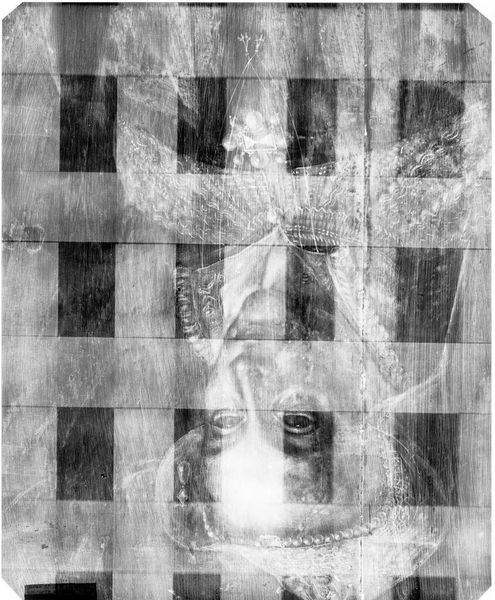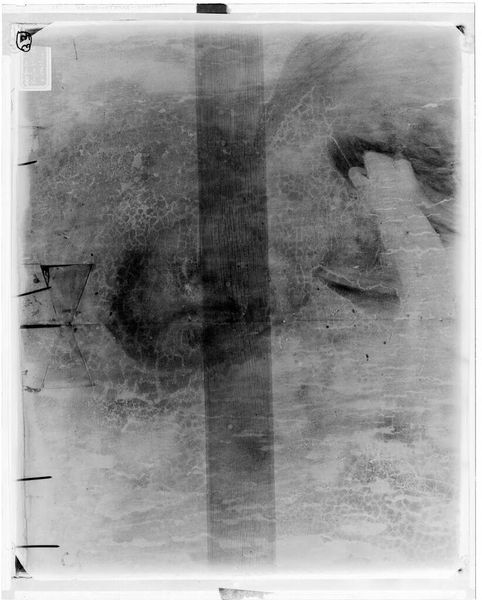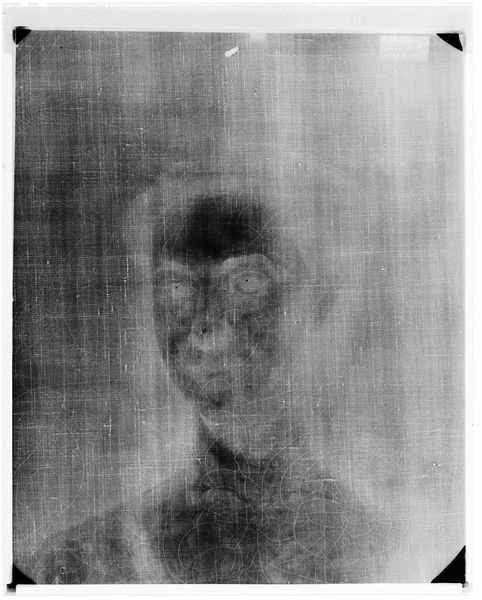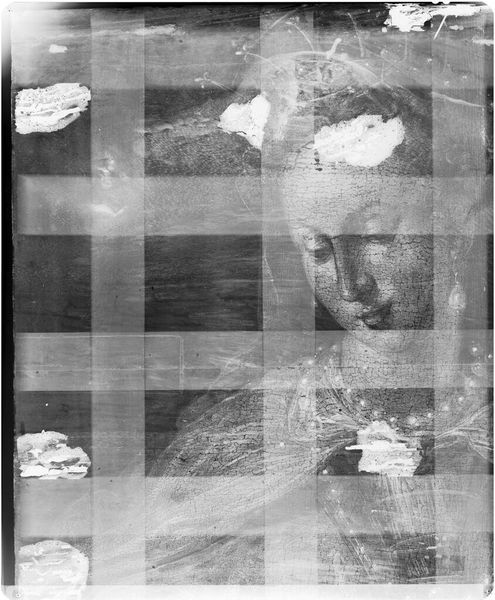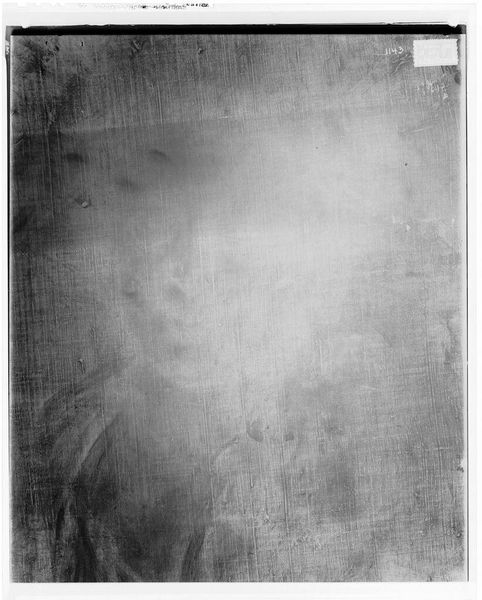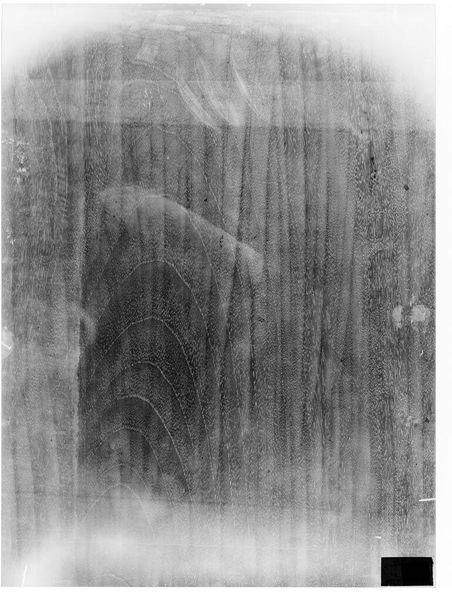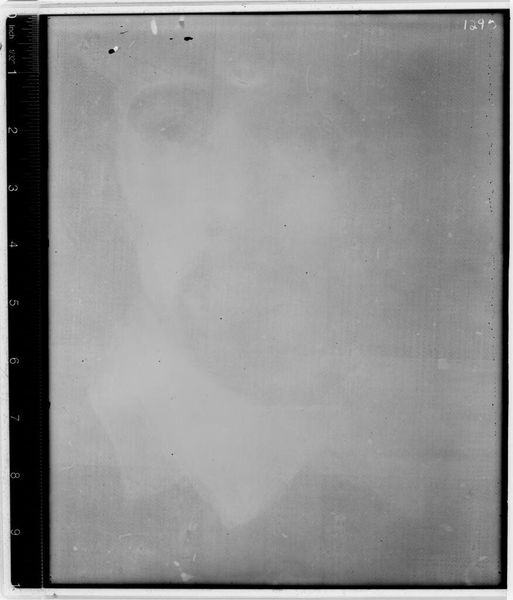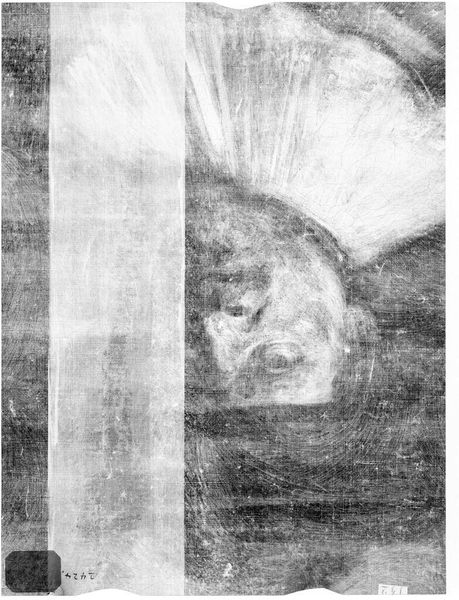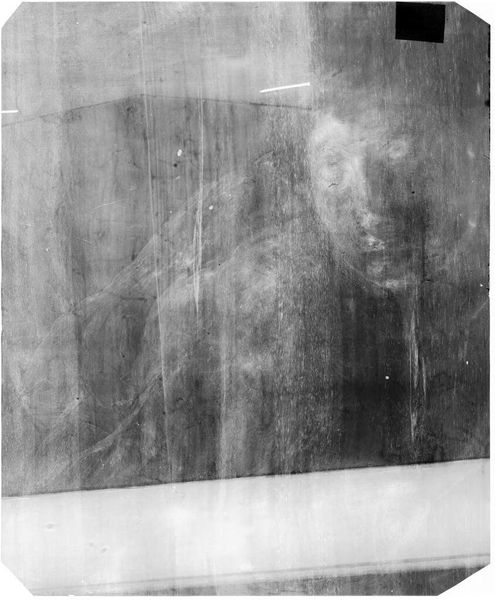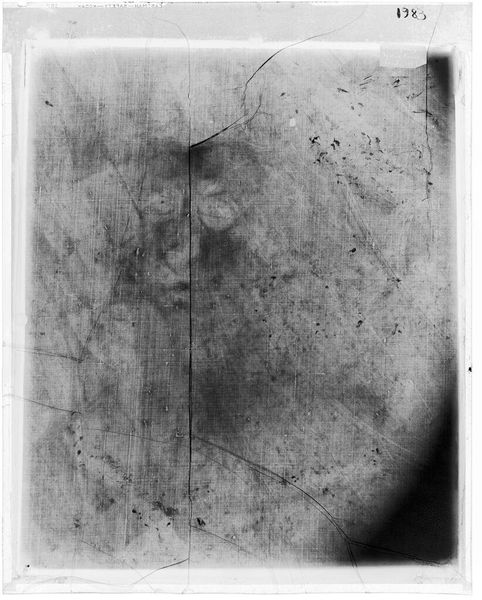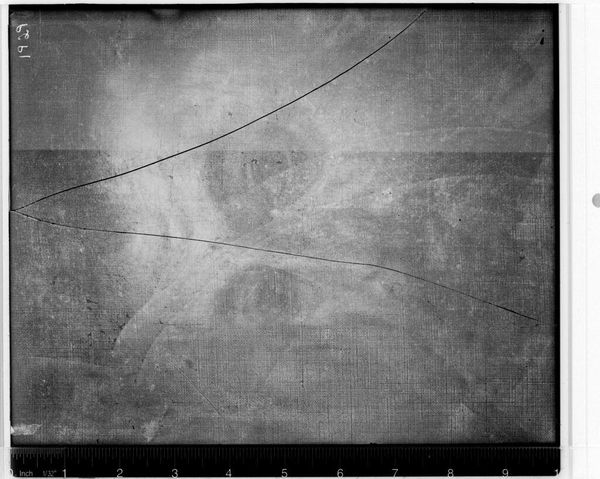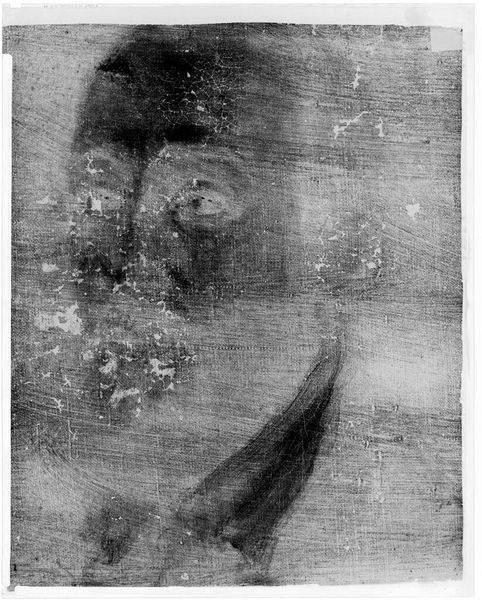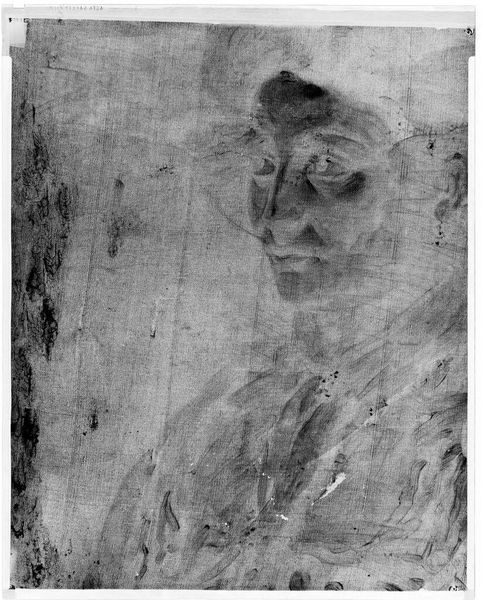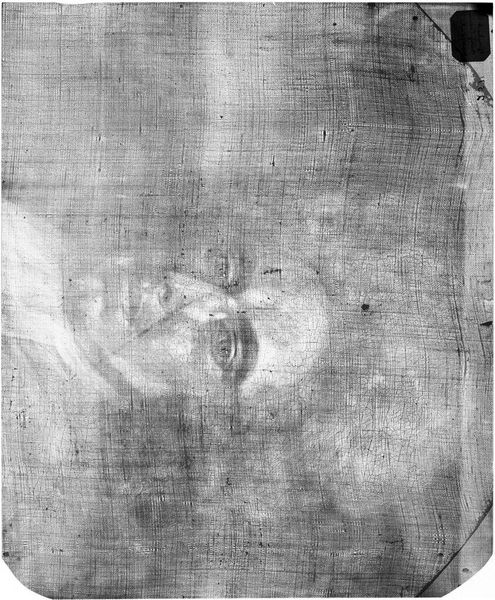
print, photography, gelatin-silver-print
#
portrait
#
abstract-expressionism
# print
#
photography
#
gelatin-silver-print
#
modernism
Dimensions: image: 10.7 x 12.6 cm (4 3/16 x 4 15/16 in.) sheet: 10.7 x 18.2 cm (4 3/16 x 7 3/16 in.)
Copyright: National Gallery of Art: CC0 1.0
Curator: What a striking image. This is Robert Frank's "Eye," a gelatin-silver print created between 1941 and 1945. It's a tightly cropped, almost confrontational portrait focusing solely on a single eye. Editor: Confrontational is right. The inversion of light and shadow is so visceral. It gives the eye this unnerving, almost supernatural quality, like an all-seeing oracle gazing back at the viewer. There's a distinct mood of post-war anxiety to it, even in this isolated image. Curator: That's a powerful interpretation. I find it interesting to think about the symbolic weight of the eye throughout history. It’s often viewed as a window to the soul, a symbol of perception, awareness, but also, control. Think about the Eye of Providence. Editor: Exactly! And the fact that Frank, a Jewish émigré photographing this during the Holocaust years, adds layers to that. Is he commenting on the pervasiveness of surveillance, of being watched, or perhaps of witnessing the horrors unfolding? The high contrast emphasizes this sense of exposure, the raw vulnerability of being seen. Curator: The abstraction contributes to this feeling. By isolating a single feature, the familiar becomes alien, forcing us to confront the essential humanity - or perhaps the inhumanity - within. There is also this question if what's shown could be viewed with a reversed lense and is in actuality representing positive overexposure instead. Editor: Right, the removal of context amplifies the emotional impact. It makes it universal and intensely personal all at once. It strips away any sense of voyeurism and forces you to reckon with what the eye might have seen, the experiences etched into its very being. It makes me think of the gaze as a political tool, imbued with power dynamics of the period. Curator: An impactful work, no doubt. It presents not just a depiction but an evocation of internal realities. Editor: Precisely. It's an image that stays with you, prompting questions long after you've turned away.
Comments
No comments
Be the first to comment and join the conversation on the ultimate creative platform.
